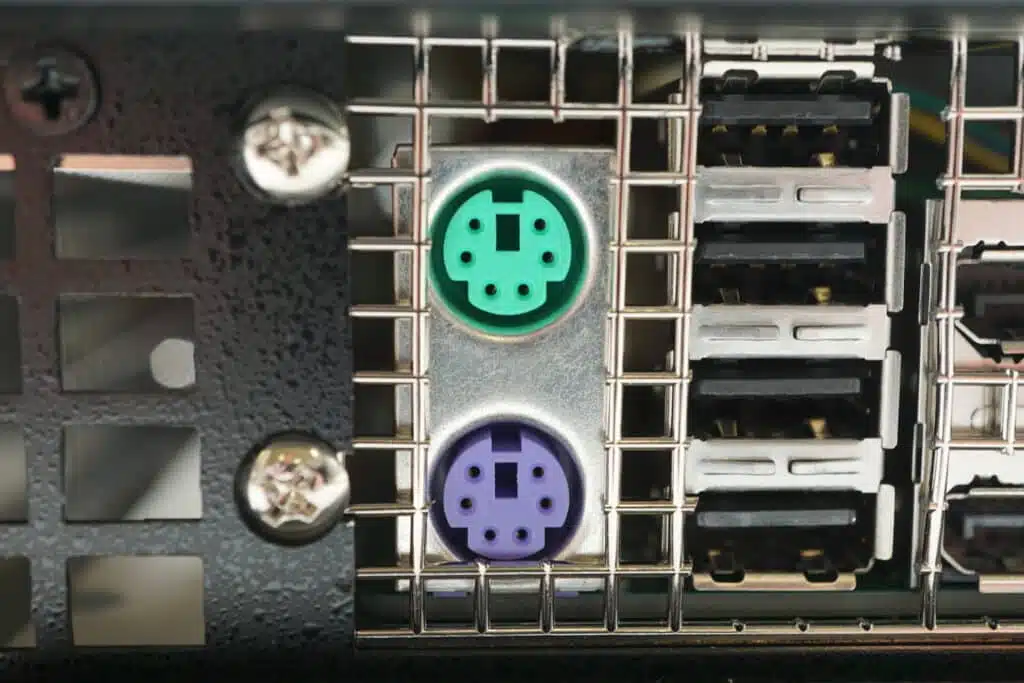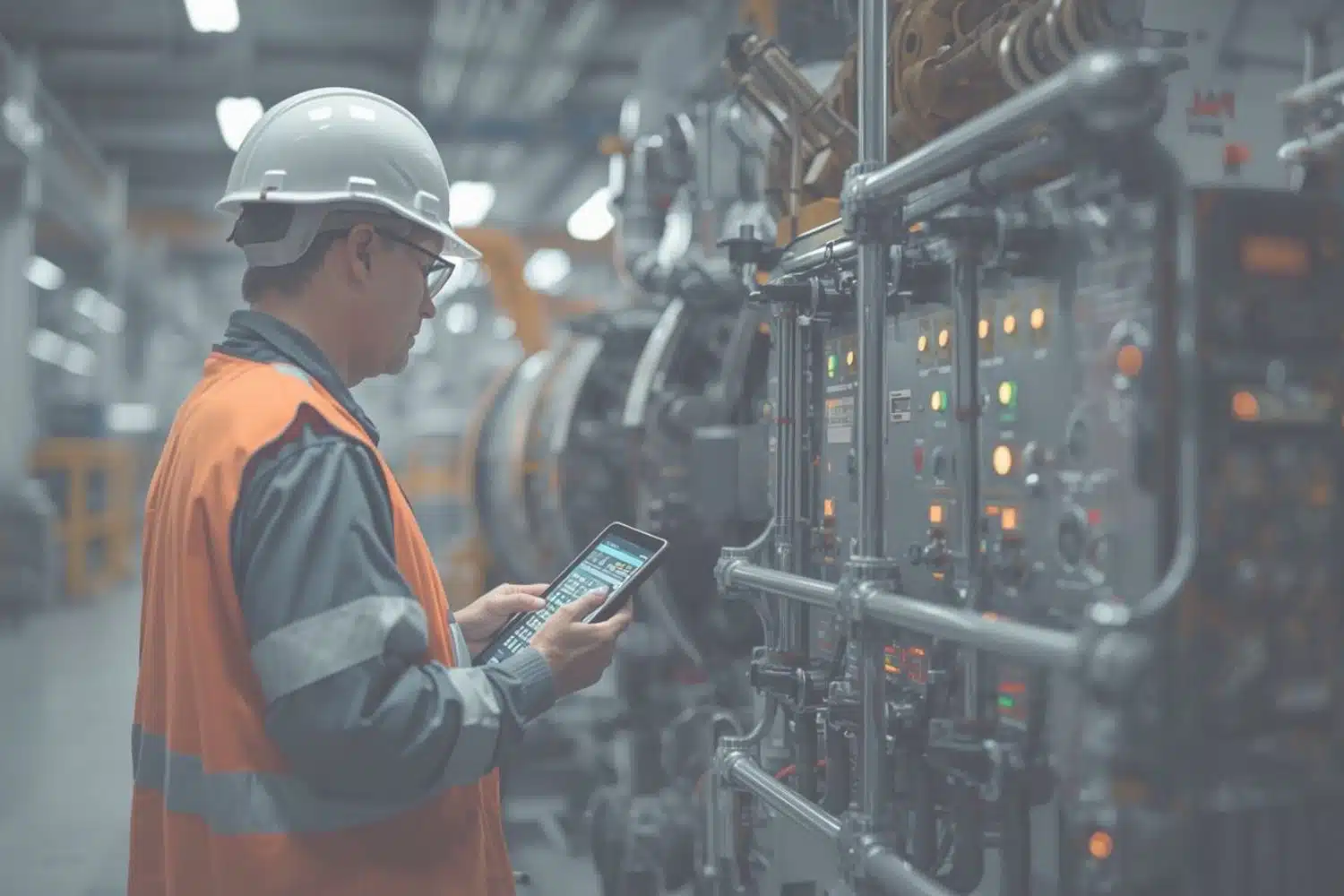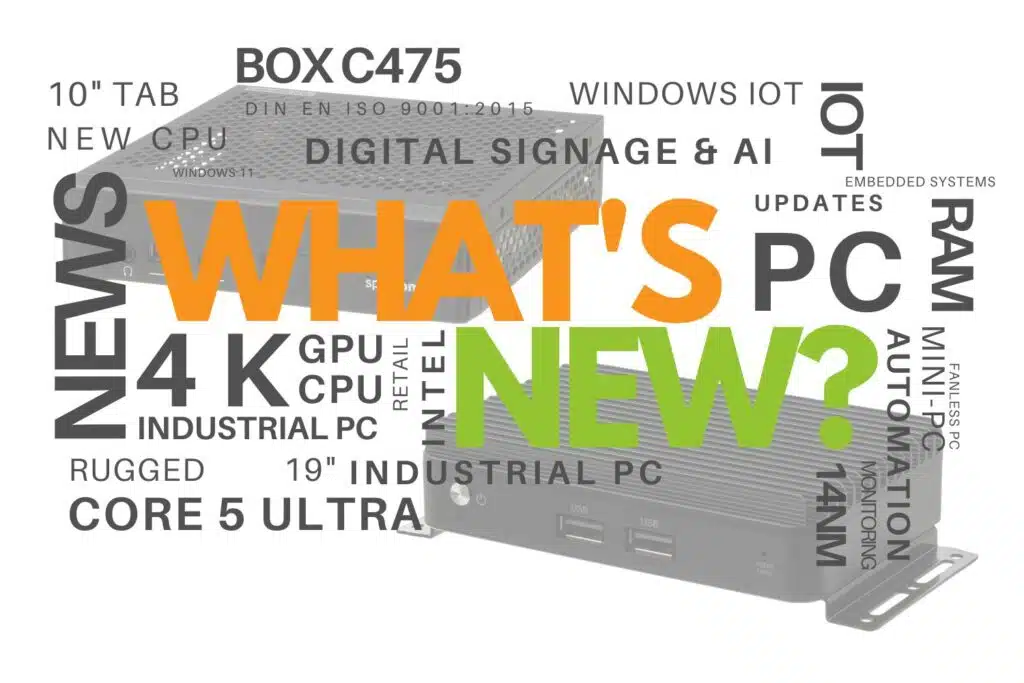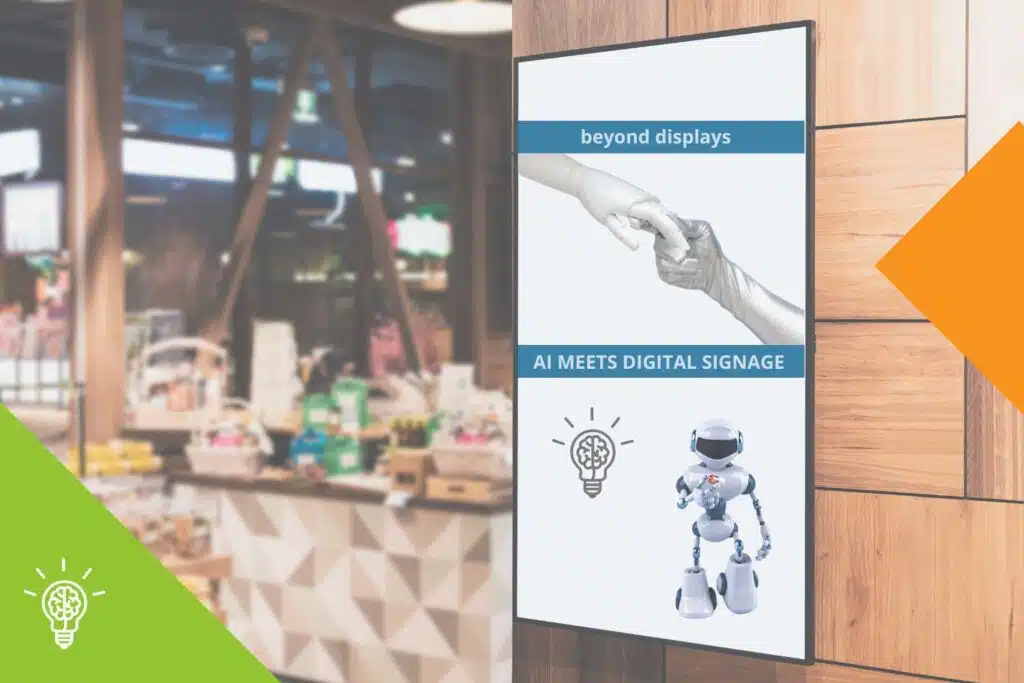06.10.2021

The PS/2 interface is a serial interface for input devices such as a mouse or keyboard (rarely: trackball or graphics tablet). It was used on PCs for a long time, but has been almost completely replaced by USB connections. Nevertheless, due to certain technical differences (such as direct access via interrupts), it is still installed in many mainboards today.
A PS/2 connection consists of 6 pins, with the following tasks:
There are basically two types of PS/2 interfaces, one with two sockets (green: mouse and purple: keyboard; see Fig. 1) and one split, to which both can be connected (half green, half purple; see Fig. 2).
In certain applications, however, a PS/2 interface also has advantages over USB. Firstly, the USB always transmits six commands simultaneously from the keyboard to the computer. This may not be enough for a fast bettor. The PS/2 connection, on the other hand, transmits continuously, which reduces latency. On the other hand, this connection is also interesting for security reasons: While the USB port can also be "misused" for other devices, PS/2 is only suitable for mouse and keyboard.
However, a keyboard that is used via the PS/2 connection cannot be unplugged during operation without causing a crash. USB is much more flexible here thanks to hot plugging.
In the spo-comm Mini-PC series, two systems are equipped with a PS/2 interface. The NINETEEN Q370 is equipped with two sockets and the NOVA Q170 with one split socket.
Discover the NINETEEN Q370
Discover the NOVA Q170

Machines that know when they need to be serviced before anything breaks down. Sounds like a dream of...

Although the vacation season was at its peak for us in September, we can shine with two new products...

Digital signage has long been much more than just static screens. In times of Industry 4.0, smart bu...
You need to load content from reCAPTCHA to submit the form. Please note that doing so will share data with third-party providers.
More Information